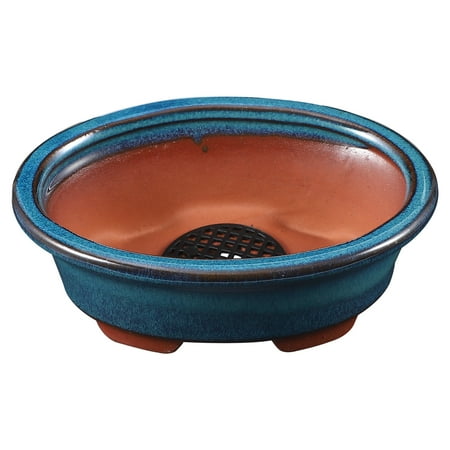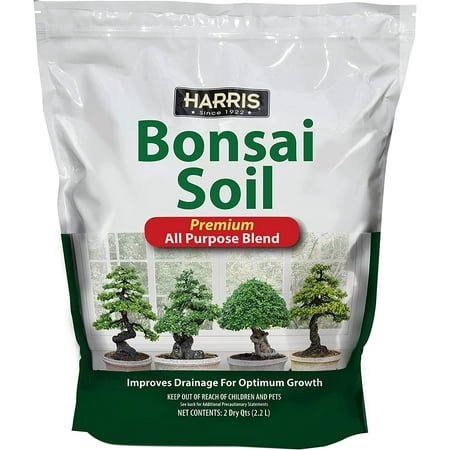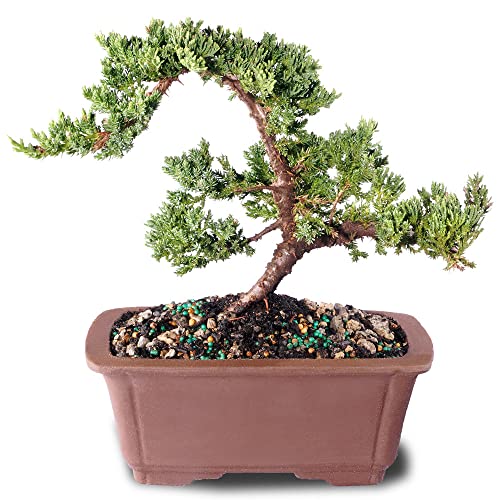Easiest bonsai trees for beginners – 5 fool-proof plants to help you master the art of gardening in miniature
These are the trees and plants to grow if you are new to the world of bonsai
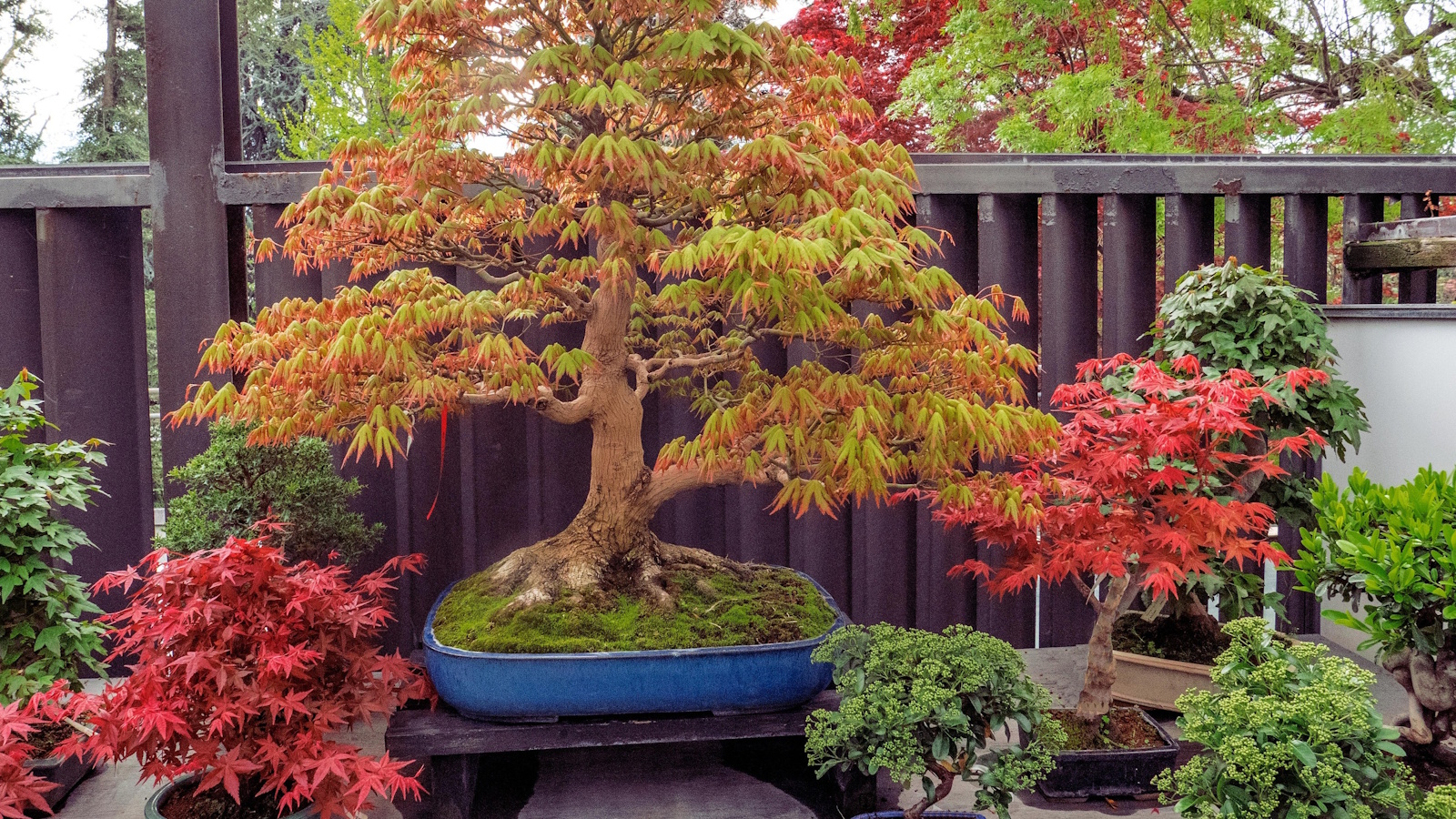

Dating back thousands of years in China and Japan, the ancient art of bonsai has long captivated gardeners. Indeed, growing miniature trees in shallow dishes has never gone out of fashion, and today, this wonderful craft continues to impress and mesmerize.
Bonsai requires diligence and focus, but the payoff is undoubtedly worth it. Not only is the process calming and meditative, but bonsai trees will also elevate your outside space. After all, how many of your neighbors have a perfectly cared-for Japanese maple bonsai tree sitting atop the patio table? Many gardeners are deterred from bonsai growing, believing it to require expert skill and prodigious patience, and while this is true in part, certain species are well-suited for beginners.
So, if you want to know what the easiest bonsai trees for beginners are, you have come to the right place. Here, one expert grower from Mississippi reveals five resilient bonsai tree types that are responsive to regular snipping and shaping and will make for a perfect introduction to this ancient craft.
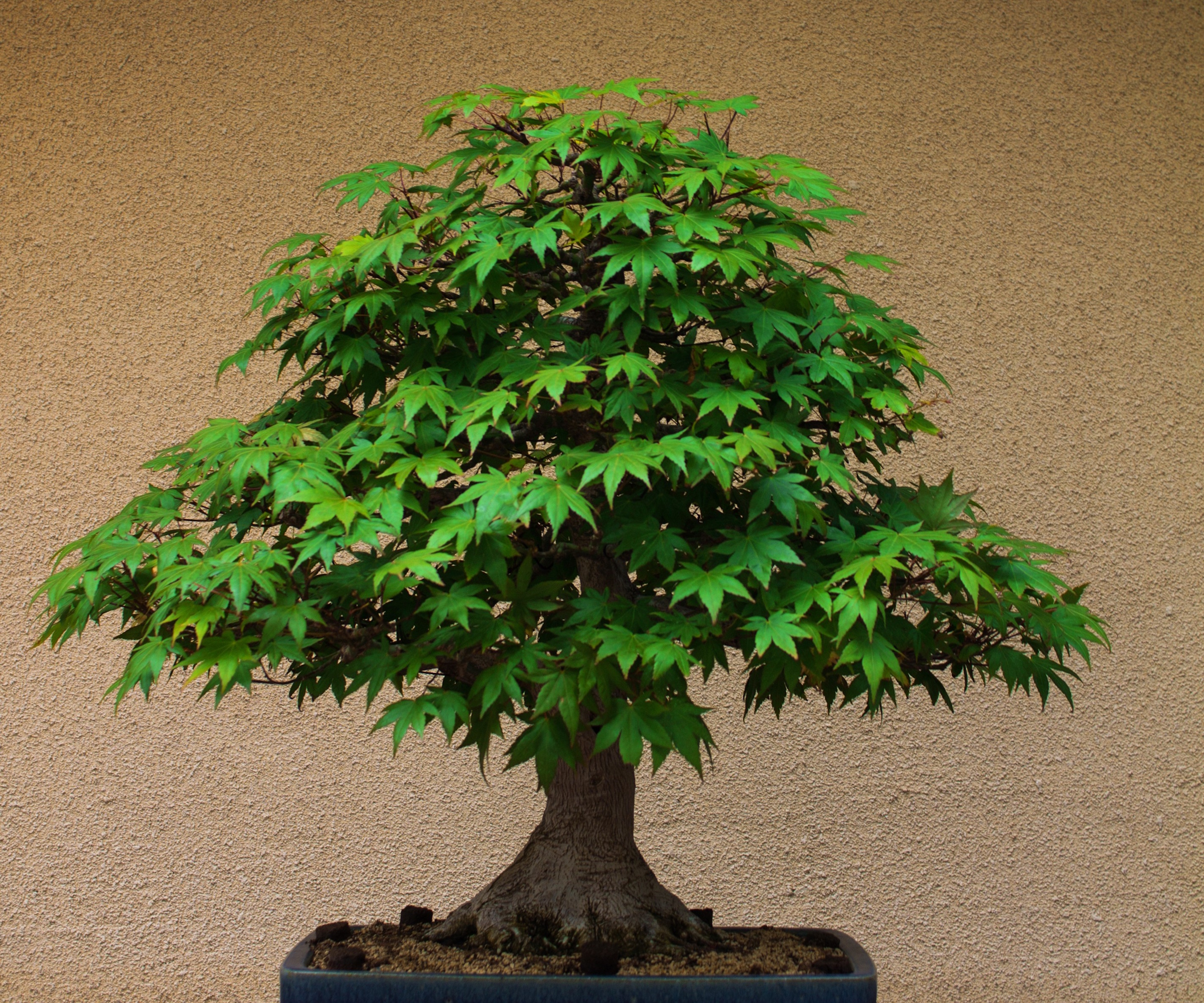
5 of the easiest bonsai trees for beginners
When considering how to care for a bonsai tree, it’s important to consider factors like your climate, US hardiness zone, and the specific requirements of each tree. Outdoor bonsai trees typically need more sunlight and are better adapted to natural weather patterns, although in summer their soil can easily dry out, and in winter their shallow dishes can quickly freeze. Here are five of the easiest bonsai trees to try growing this year, with suitable care instructions for each species.
1. Juniper
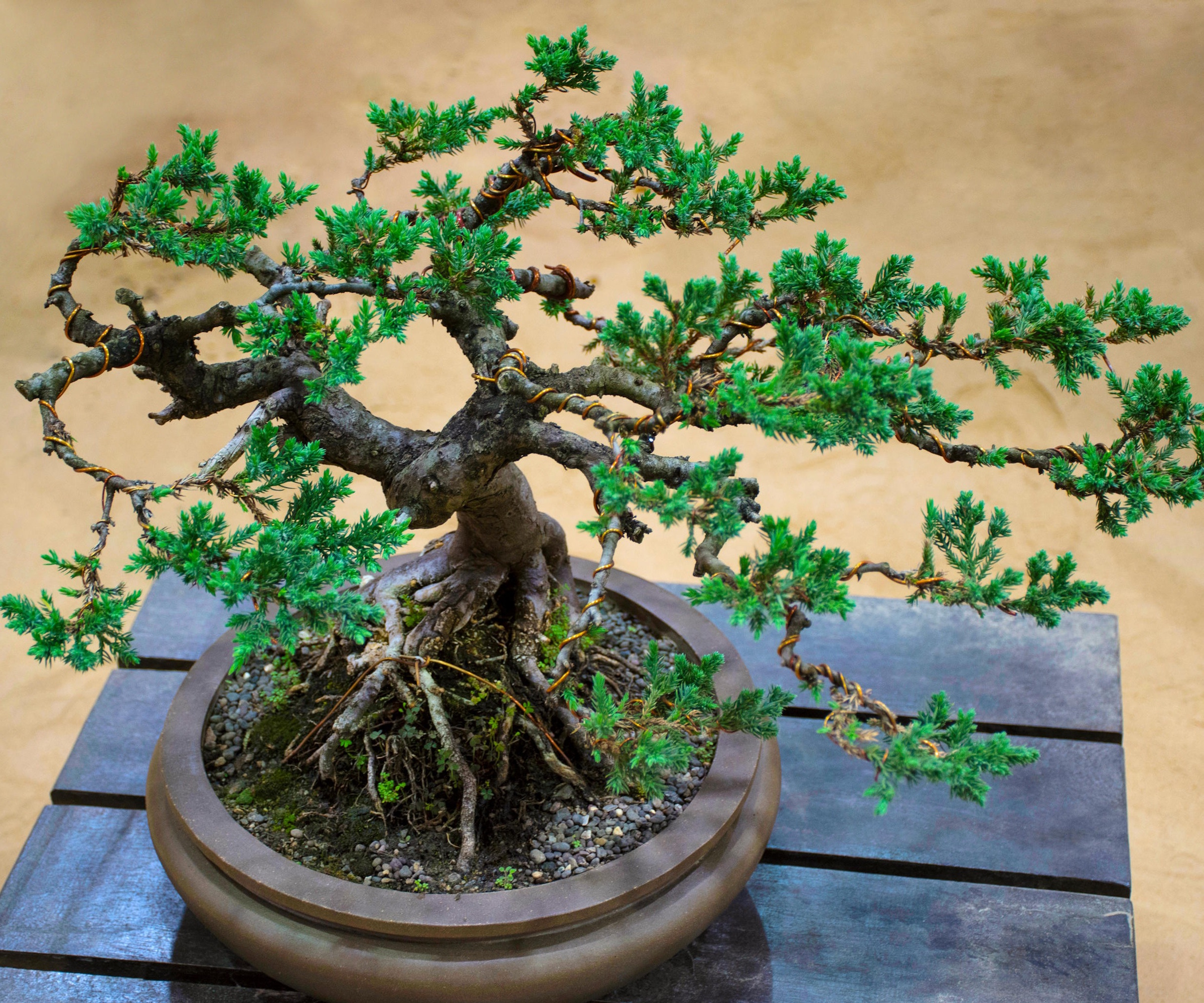
'Juniper is one of the most popular outdoor bonsai trees, especially for beginners,' says Brussel Martin, bonsai expert and owner of Brussel's Bonsai Nursery, based in Mississippi. 'Many may recognize it from the 1984 film, The Karate Kid, with Mr Miyagi calmly training and trimming his juniper bonsai tree.
'As an evergreen, juniper stays green year-round and requires minimal maintenance compared to other species,' Brussel adds. 'With proper watering, it can even handle cold temperatures with little protection.'
Junipers can be grown down to US hardiness zone 4, making for an ideal selection if you reside in a cooler region. As Brussel says, this tough species would require little protection, even in frosty winters, although bringing plants under cover during periods of heavy snowfall is a good idea.
Design expertise in your inbox – from inspiring decorating ideas and beautiful celebrity homes to practical gardening advice and shopping round-ups.
For a native plant, why not learn how to grow creeping juniper, Juniperus horizontalis, as a bonsai tree? Low in form and often with contorted stems, this species can be easily shaped with regular trimming.
Juniper bonsai trees are available to order from Brussel's Bonsai Nursery via Amazon.
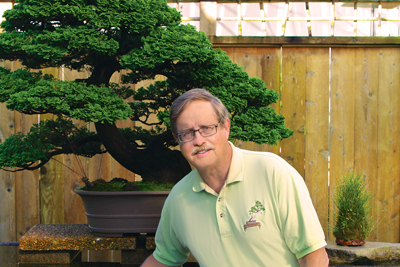
Brussel is the owner and founder of Brussel's Bonsai Nursery, based in Olive Branch, Mississippi, the largest importer and grower of Bonsai trees in the country. The grounds include a 180,000-square-foot greenhouse packed with trees from Japan, Taiwan, China and South Korea.
2. Japanese Maples
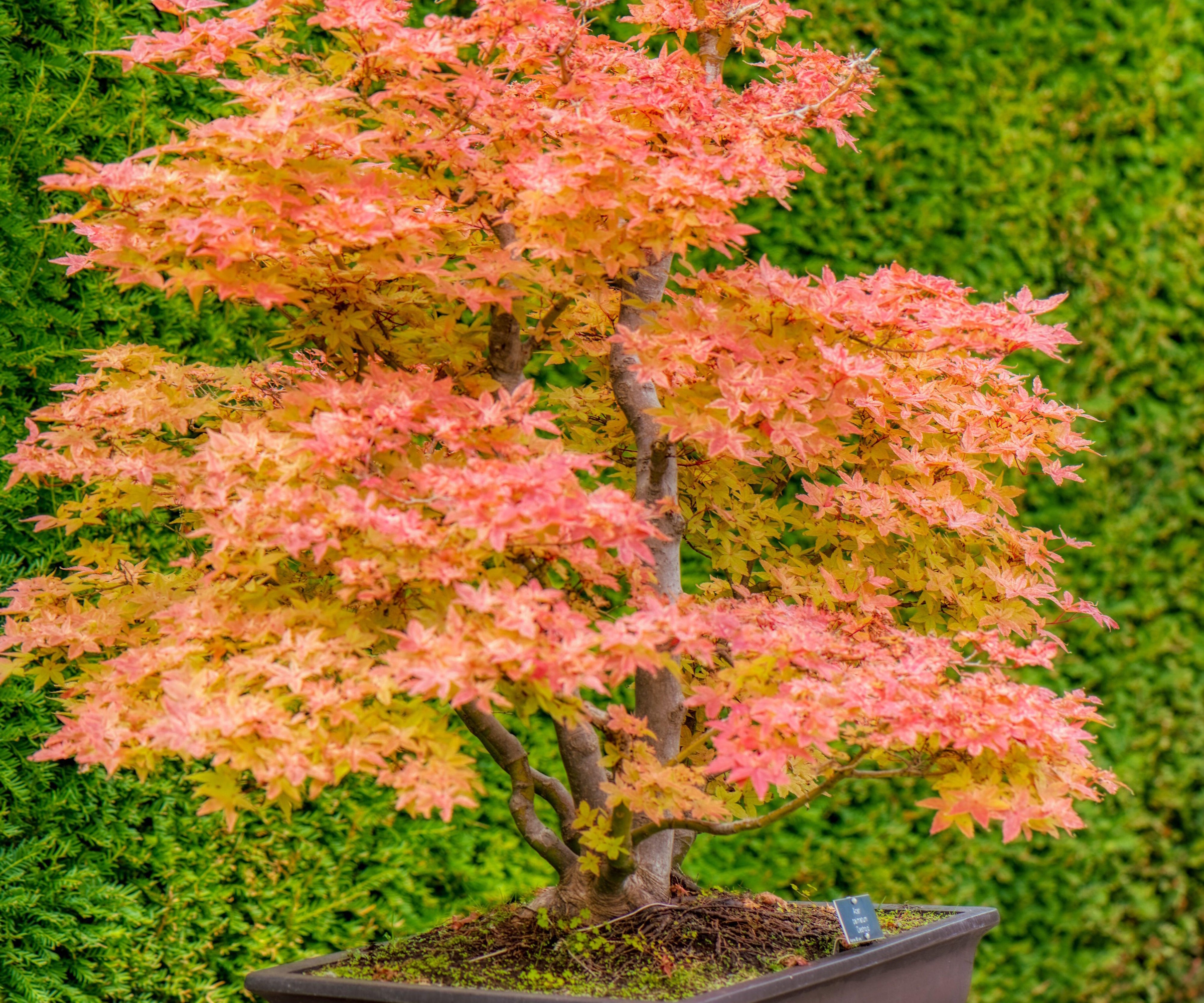
'Japanese maple trees are also beginner-friendly outdoor options,' Brussel says. 'While they do require slightly more maintenance than a juniper, with regular watering and consistent trimming throughout the year, learning how to grow Japanese maple bonsai trees isn't too challenging.'
Japanese maple trees, or Acer palmatum, can be grown from US hardiness zone 5 to zone 8, and thrive in a part-sun-part-shade position. As Brussel says, regular watering is important for maples, as these woodland plants typically prefer moist but well-draining soil in their natural habitat.
Japanese maple bonsai trees are available to order from Amazon.
3. Bougainvillea
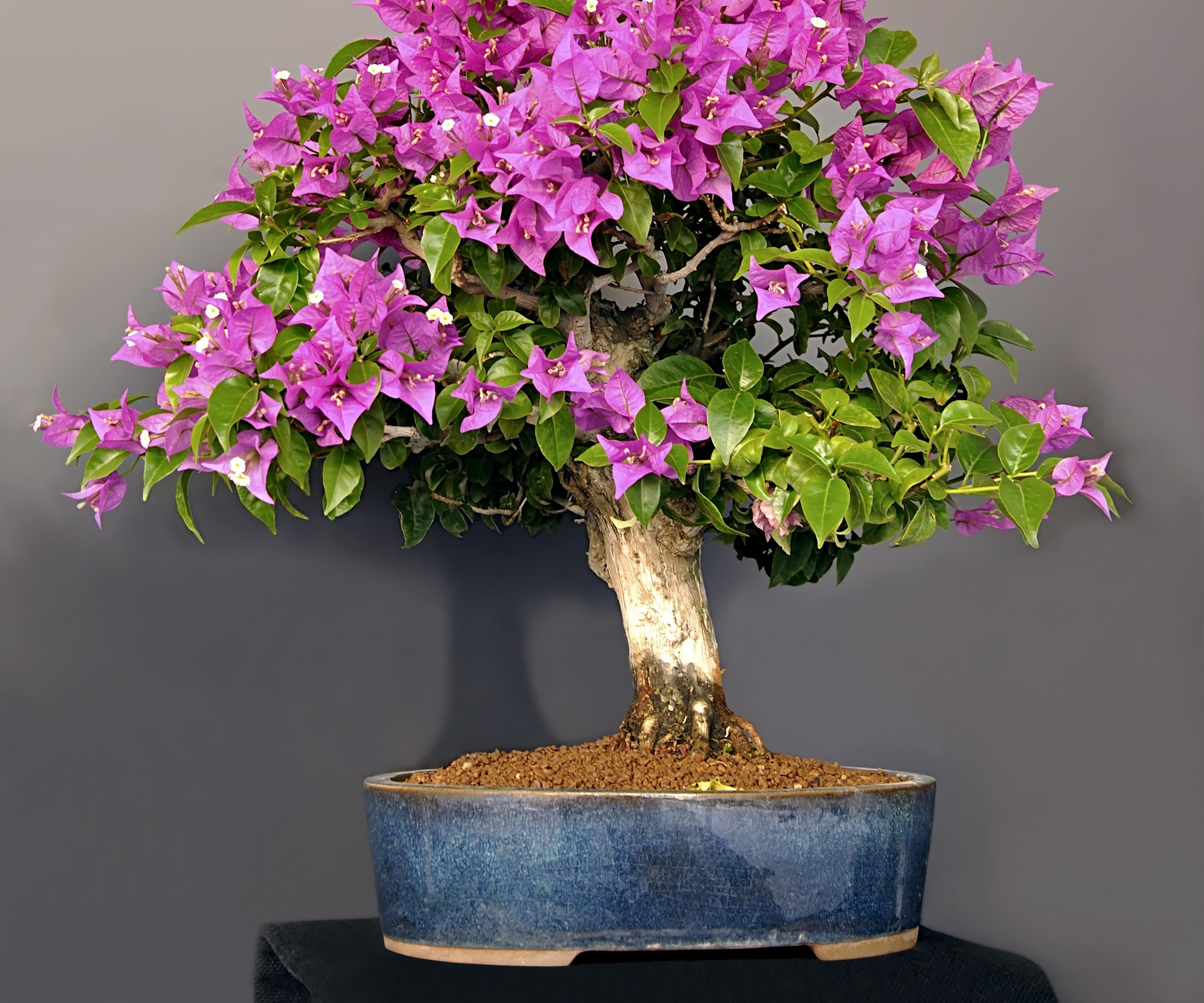
While not hardy, bougainvillea bonsai trees can be grown in warmer regions. This tender plant can be left outside down to US hardiness zone 9, so is better suited to southern states, including Texas, Florida and California.
Growing this floral vine in bonsai form is relatively easy, and surprisingly, bougainvillea responds very well to regular shaping and container culture. During the first two years, you want to focus on developing one main trunk, as you can see in the image above. While this does require patience, carefully pruning any low-side shoots or basal growth will help to encourage this habit.
Place your bougainvillea in a sunny location, watering every few days and feeding once a month during the growing season. While it might take a few years to achieve the bonsai look, it is certainly worth the wait.
Bougainvillea bonsai trees are available from Amazon.
4. Azaleas
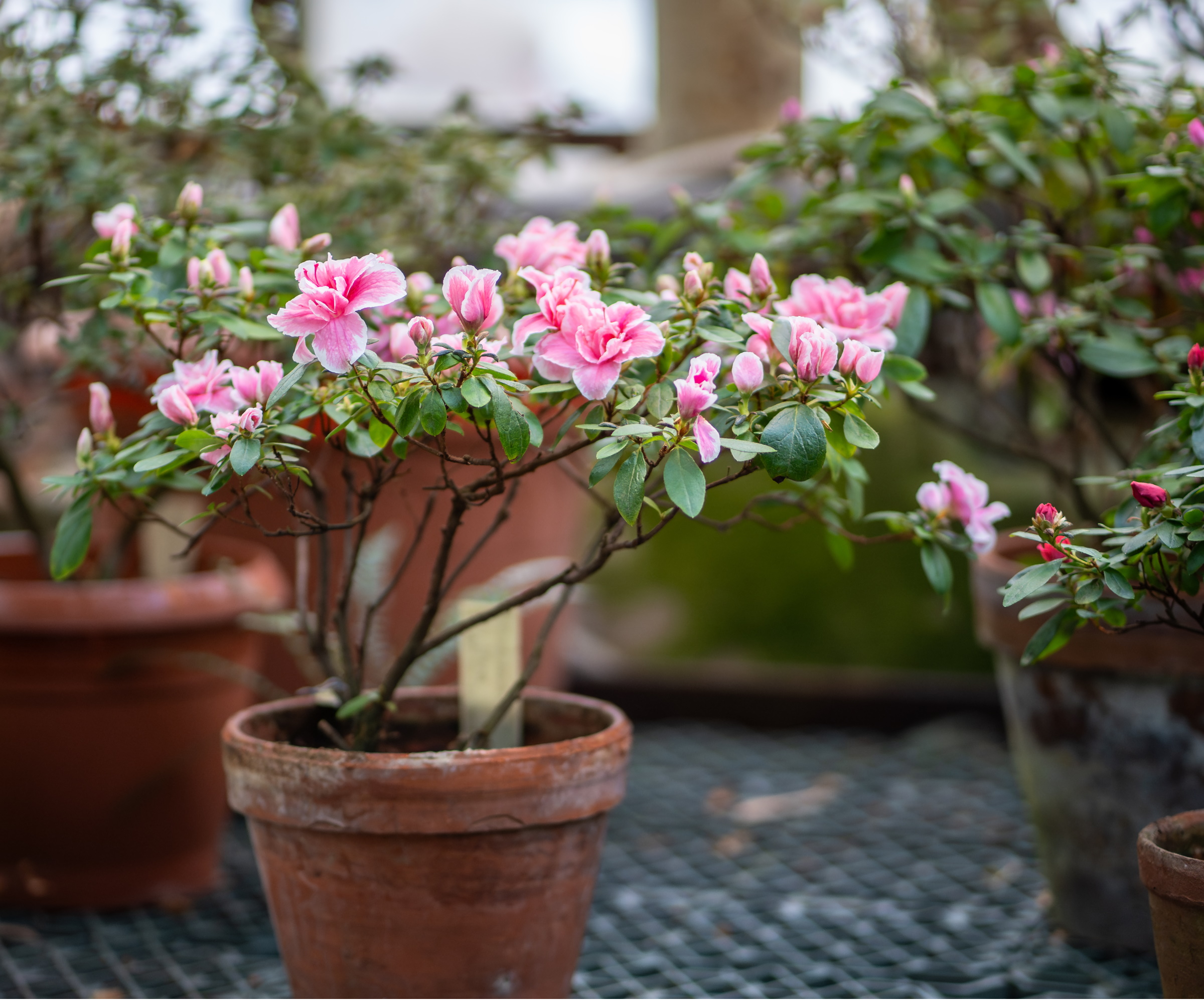
You may already have azalea shrubs in your yard, and while these popular plants undeniably look good in borders, they also make for attractive bonsai trees. Brussel recommends azaleas as another beginner-friendly option, prized for their spectacular spring blooms which look just as good in miniature form.
In terms of how to grow azaleas, most species do best from US hardiness zone 6, enjoying a part sun position with moist but well-draining soil. In the wild, azaleas typically grow at the edge of woodlands in rich, fertile ground, so combining some organic matter with your compost is a good idea.
There are hundreds of different species to consider, but two popular bonsai options are the southern Indian azalea, Rhododendron indicum, and the Kyushu azalea, Rhododendron kiusianum.
Azalea bonsai tree kits are available to order from Amazon.
5. Chinese Elm
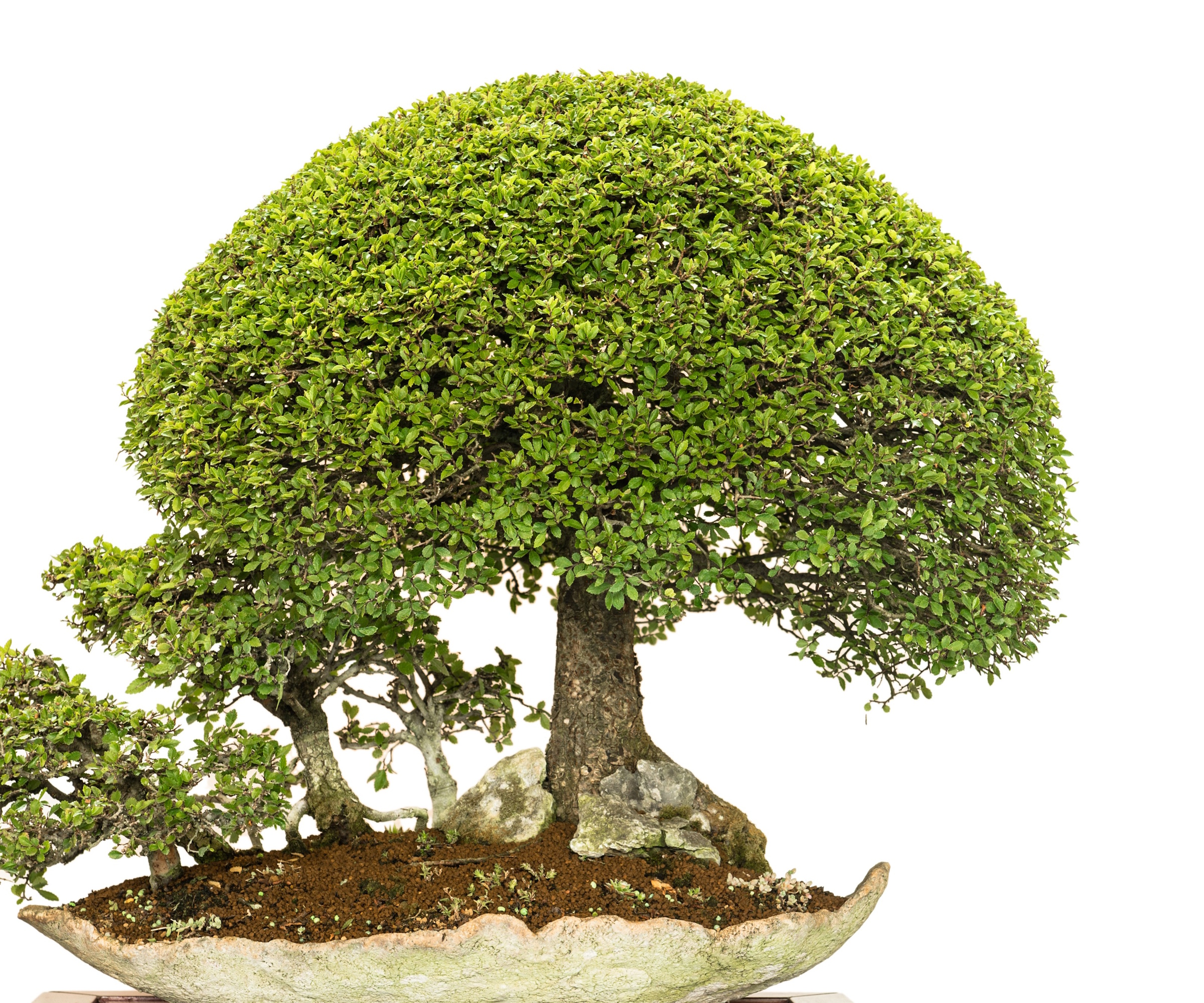
Brussel also recommends that beginners also consider growing Chinese elms as bonsai trees. Native to eastern Asia, including China, Japan and Vietnam, Chinese elms, or Ulmus parvifolia, are robust and forgiving deciduous trees, making them perfect for bonsai cultivation.
They can be grown down to zone 4 and are fast-growing trees, responding well to regular pruning. They will quickly produce a mass of dense, glossy foliage, looking particularly impressive when planted in a bonsai dish. Chinese elms are relatively tolerant of most conditions, but part sun part shade is optimal. In addition, consistent watering during summer will generate the best results.
Finally, if you are interested in fairy garden ideas, Chinese elm bonsai trees would help to create a small and enchanting corner in the yard. Chinese elm bonsai trees are available to order at Amazon.
FAQs
Can I grow bonsai trees indoors?
All of the above species are best suited to outdoor cultivation. If you try to grow a maple tree indoors, for example, you are doomed to failure. Instead, select species that can handle consistent heat and humidity. 'In my opinion, for indoor bonsai trees, stick to species like ficus or dwarf jade, both of which are the ideal choice for beginners and are well suited to the conditions of the home,' Brussel says.
The craft of bonsai does require consistent effort. Regular pruning, shaping and supporting your tiny trees is crucial. Be sure to invest in a pair of bonsai scissors, available from Walmart, which will certainly make this fiddly task easier.
For more information, see our guide on the art of bonsai, to learn how this ancient practice can boost mental wellbeing.

Thomas is a Content Editor within the Gardens Team at Homes and Gardens. He has worked as a professional gardener for both public spaces and private estates, specializing in productive gardening, growing food and flowers. Trained in Horticulture at the Garden Museum, he has written on gardening and garden history for various publications, including The English Garden, Gardens Illustrated, Hortus, The London Gardener and Bloom. He has co-authored a Lonely Planet travel book, The Tree Atlas, due out in 2024.
